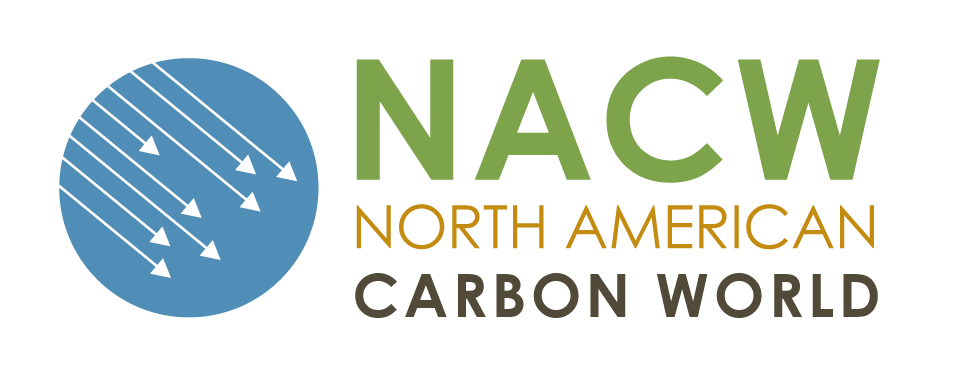Cement is a fundamental building block for construction throughout the world. In fact, it’s the second most used material globally, and demand for it is projected to increase as much as 23 percent by 2050. According to the International Energy Agency (IEA), the cement sector is the third-largest industrial energy consumer in the world, responsible for seven percent of industrial energy use, and it is the second-largest industrial emitter of CO2, producing seven percent of global CO2 emissions. The IEA also cites that the direct CO2 intensity of cement production increased about 1.5 percent per year from 2015-2021.
Given the amount of emissions generated from cement production and expected increases in the future, finding the most impactful point to reduce emissions can produce significant results for the cement industry and consumers of cement throughout the world.
A transition like this needs support, and the Climate Action Reserve is excited to announce it is kicking off the development of a new protocol for low-carbon cement by incentivizing the use of cementitious materials currently going unused or in natural supply. Based on preliminary analysis of this industry, the expectation is for low-carbon cement offset credits issued under this protocol to financially support and incentivize the production and availability of alternative, more environmentally friendly cementitious products that are too cost prohibitive and inefficient to pursue currently. This support and incentivizing of technological advancements would be the first of its kind for the United States market and would reduce the need to produce more energy-intensive cement via more traditional pathways.
The Reserve’s Low-Carbon Cement Protocol would incentivize innovative replacements for ordinary portland cement (OPC), the most common and carbon-intensive type of cement. The majority of emissions from producing OPC is from a high temperature process used to produce clinker, which is cement’s main component. This high-emission clinker content can be reduced or eliminated with supplementary cementitious materials (SCMs). However, currently in the US, the supply of traditional SCMs is diminishing and the use of innovative alternatives is limited by a variety of market, institutional, financial and technology barriers.
According to the IEA, clinker substitutes and SCM replacements will become more important and creating demand for near-zero emission cement will be crucial for achieving a net zero world.
Due to interest already expressed by the cement industry in the US, the Low-Carbon Cement Protocol will initially be applicable in the US, although the Reserve anticipates that, with local regulatory review, the protocol could be adapted for other countries or regions.
As with all Reserve protocols, this Low-Carbon Cement Protocol will go through the organization’s public, transparent protocol development process, which includes public webinars, the formation of an expert work group, ongoing public consultation with any interested stakeholders, and presentation to the Reserve Board of Directors for consideration and adoption. The Reserve strongly encourages experts and participants from this industry, as well as anyone else interested in this protocol, to become involved in developing this protocol, which can be a game changer for the sector. Interested experts and participants can contact [email protected].
The kickoff webinar for development of the Reserve’s Low-Carbon Cement Protocol will take place November 3, 2022 from 10:00 – 11:00 am PST. Interested participants can register to participate here.
Updates on the protocol development process can be found here.





Comments are closed here.